All the cereal crops (wheat, oats and barley) are members of the grass family which have been developed over the centuries for their reproductive capacity rather than their vegetative productivity.
The main cereals are barley, wheat and oats but there is also rye, triticale and rice.
Maize is also a cereal. Global farmers produce over 2,700m tonnes of these cereals per annum.
All the main cereals exist as winter- and spring-sown types.
Globally, farmers produce over 2,700m tonnes of these cereals per annum
True winter varieties need to experience a period of cold to trigger the plant to make the switch from vegetative or leaf growth to reproductive growth so as to produce seeds.
This process is called vernalisation.
All the cereals can tiller, which means that a new stem can originate from the axis of a leaf and this will have its own leaves and head in time.
How you identify it
Barley has the palest colour of all three cereals. It will always have awns present, which can utilise sunlight.
Individual grains are directly attached to the stem (called the rachis) and it can have either two opposite rows of grains on the rachis (two-row types) or six rows of grain around the rachis (six-row types). Barley can be identified at the grass-corn stage by the presence of big bold auricles (a bit like fingers) at the base of the leaf where it wraps around the stem.
Farmers try to establish 3m plants per hectare and you want these to produce over 10m ears per hectare to maximise grain yield potential.
What it is used for
Barley is mostly used for livestock feed and for malting, but has other uses also.
The bulk of Irish production goes to livestock feed but around 300,000t goes to malting for use in brewing and distilling. Some non-malting barley is also used in distilling, with more roasted and used in brewing.
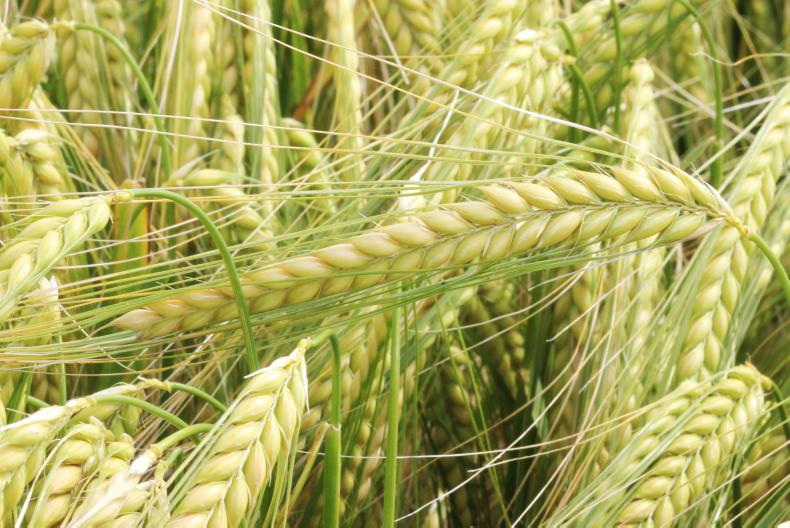
Ears of a two-row barley have grains opposite each other but alternately placed The part of the stem to which the grains are attached is called the rachis.
Barley is also being looked at for the benefits of its characteristics in the milling industry. There are about 160m tonnes grown annually in the world.
Characteristics for markets
The main characteristic for the feed sector is starch content and this is gauged by specific weight and screening levels. Feed grains also contain protein but that is not currently seen as a valuable component in that market.
Protein levels are much more critical for use as malting and distilling, while genetic characteristics of individual varieties are very important for that market.
An even more critical characteristic for malting barley is the ability of the grains to germinate, as it is the natural process of germination which produces the maltose enzyme which converts the barley into malt.
How you identify it
Wheat has darker foliage than barley and a different structure in its head or ear. It is easily identified once the heads have emerged from the stem and it looks very different to barley.
The technical name for a head or ear is a spike and this has small clusters of grains called a spikelet attached to the rachis. The spikelet can have three to eight grains depending on the density of plants and the level of tillering which has taken place.
Wheat will normally not have awns on the head but some varieties can have so the presence or absence of awns cannot be taken as a point of identification.

Wheat heads differ to the other cereals because the grains are located in the spikelets with each spikelet attached to the stem or rachis.
Wheat can be identified at the grass-corn stage by the presence of relatively small auricles (as with barley) at the base of the leaf where it wraps around the stem. In wheat the auricles have small hairs growing on them.
What it is used for
Wheat is predominantly grown for two main uses. By far the major use in Ireland is as animal feed but over 80% of world wheat is used for food production.
Wheat is finely ground to produce flour which is used to make bread, biscuits, confectionary, spaghetti, pasta, cous cous etc.
However, in Ireland no wheat is currently used to make flour because it is seen as cheaper and easier to import it.
Wheat for animal feed is mainly used for its energy which comes from its starch content and the specific weight test is used as an indication of this quality.
There are about 760m tonnes of all types of wheat grown annually in the world.
Characteristics for markets
Our main market for feed mainly requires starch content. But there are very many different characteristics needed for different food-grade wheats. Bread flours need high protein while biscuit wheat needs lower-grade protein.
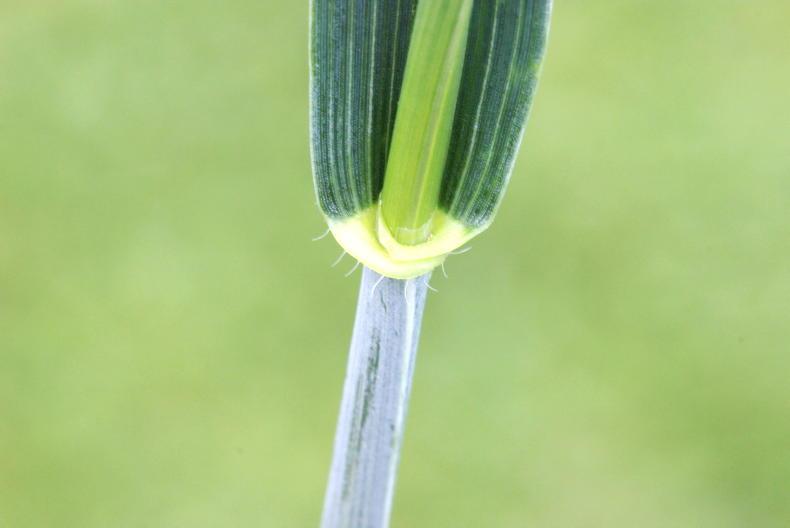
Wheat has small, tidier auricles which have hairs.
Durum wheat is a specific subset of wheat and referred to as white wheat.
That is very prone to sprouting pre-harvest and so it is mainly grown in hotter drier climates than ours. Durum wheat is used to produce pasta, spaghetti, cous cous etc.
How you identify it
Oats tends to be the darkest of all the cereals in the vegetative stage. It has a totally different structure to its heads, which are called panicles rather than spikes.
A panicle is a much-branched head with individual spikelets containing one to three grains per cluster. The panicle does not really have a central stem or rachis like barley or wheat and so it is quite distinct post-earing-out.
As well as its greener colour and more upright growth habit, oats is identifiable in the grass-corn stage as not having any auricles at the base of the leaf.
What it is used for
Oats has two major uses – food and feed. The latter is the bigger part of the market in Ireland, with oats been of great importance as a horse or equine feed. It is highly valued in the performance horse industry (racing in particular) as it seems to make horses more competitive. But it tends not to be used for ponies, where docility is an essential trait.
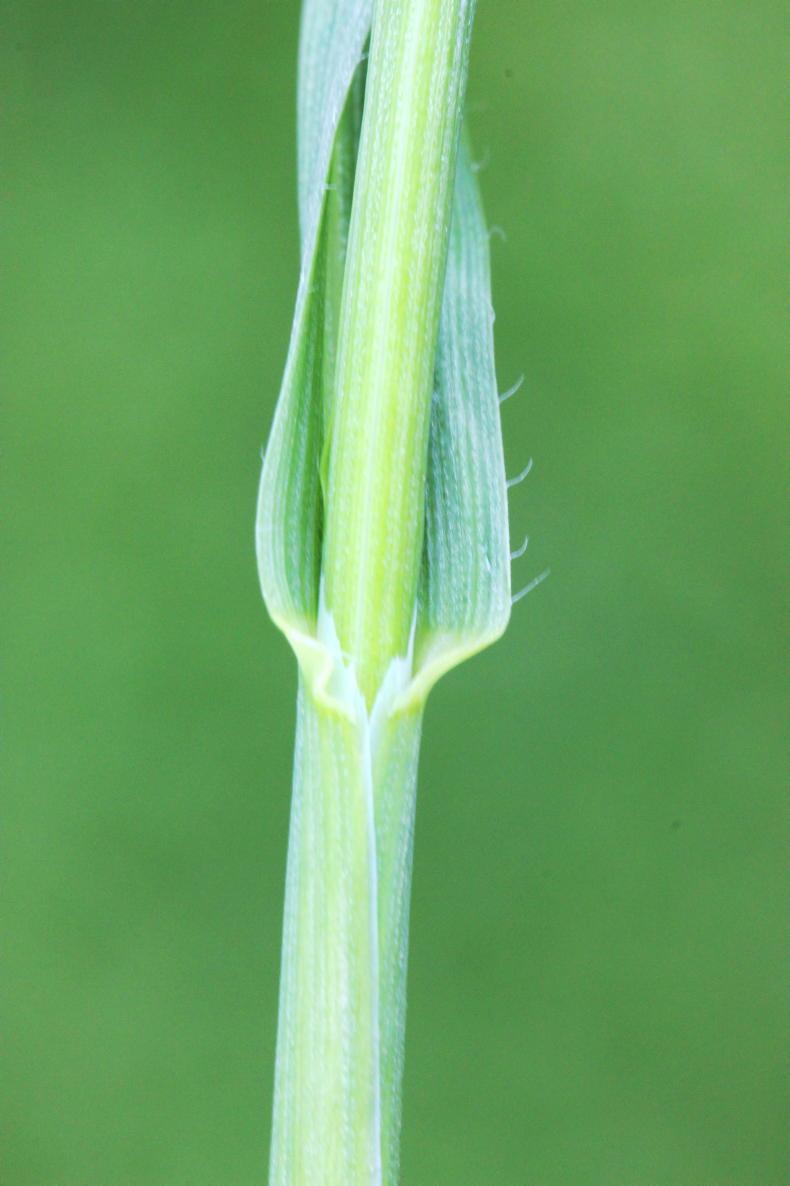
Oat plants do not have auricles, which are the finger-like growths from the bottom corners of the leaf blade, just at the point where it joins the leaf sheath.
Oats is also used as a sheep feed. It is increasingly valued as a human food and been used for centuries to produce porridge.
It is increasingly recognised as a health food and it is increasingly used as a source of cereal in the gluten-free food market for people who suffer from coeliac disease.
Characteristics for markets
As energy is the major use for oats in the feed and food markets, good grain fill is important and this is measured by the specific weight of oat samples.
Because the oat grain contains no or very little gluten (a specific type of protein produced mainly in wheat), it is a common food ingredient for people who suffer from coeliac disease.
But this means ensuring that the oats used must not be contaminated with other cereals during the production, harvesting, transport, processing or milling stages.
For food uses, the outer husk of the grains are removed and these can be used as a source of fibre in all kinds of diets.
All the cereal crops (wheat, oats and barley) are members of the grass family which have been developed over the centuries for their reproductive capacity rather than their vegetative productivity.
The main cereals are barley, wheat and oats but there is also rye, triticale and rice.
Maize is also a cereal. Global farmers produce over 2,700m tonnes of these cereals per annum.
All the main cereals exist as winter- and spring-sown types.
Globally, farmers produce over 2,700m tonnes of these cereals per annum
True winter varieties need to experience a period of cold to trigger the plant to make the switch from vegetative or leaf growth to reproductive growth so as to produce seeds.
This process is called vernalisation.
All the cereals can tiller, which means that a new stem can originate from the axis of a leaf and this will have its own leaves and head in time.
How you identify it
Barley has the palest colour of all three cereals. It will always have awns present, which can utilise sunlight.
Individual grains are directly attached to the stem (called the rachis) and it can have either two opposite rows of grains on the rachis (two-row types) or six rows of grain around the rachis (six-row types). Barley can be identified at the grass-corn stage by the presence of big bold auricles (a bit like fingers) at the base of the leaf where it wraps around the stem.
Farmers try to establish 3m plants per hectare and you want these to produce over 10m ears per hectare to maximise grain yield potential.
What it is used for
Barley is mostly used for livestock feed and for malting, but has other uses also.
The bulk of Irish production goes to livestock feed but around 300,000t goes to malting for use in brewing and distilling. Some non-malting barley is also used in distilling, with more roasted and used in brewing.

Ears of a two-row barley have grains opposite each other but alternately placed The part of the stem to which the grains are attached is called the rachis.
Barley is also being looked at for the benefits of its characteristics in the milling industry. There are about 160m tonnes grown annually in the world.
Characteristics for markets
The main characteristic for the feed sector is starch content and this is gauged by specific weight and screening levels. Feed grains also contain protein but that is not currently seen as a valuable component in that market.
Protein levels are much more critical for use as malting and distilling, while genetic characteristics of individual varieties are very important for that market.
An even more critical characteristic for malting barley is the ability of the grains to germinate, as it is the natural process of germination which produces the maltose enzyme which converts the barley into malt.
How you identify it
Wheat has darker foliage than barley and a different structure in its head or ear. It is easily identified once the heads have emerged from the stem and it looks very different to barley.
The technical name for a head or ear is a spike and this has small clusters of grains called a spikelet attached to the rachis. The spikelet can have three to eight grains depending on the density of plants and the level of tillering which has taken place.
Wheat will normally not have awns on the head but some varieties can have so the presence or absence of awns cannot be taken as a point of identification.

Wheat heads differ to the other cereals because the grains are located in the spikelets with each spikelet attached to the stem or rachis.
Wheat can be identified at the grass-corn stage by the presence of relatively small auricles (as with barley) at the base of the leaf where it wraps around the stem. In wheat the auricles have small hairs growing on them.
What it is used for
Wheat is predominantly grown for two main uses. By far the major use in Ireland is as animal feed but over 80% of world wheat is used for food production.
Wheat is finely ground to produce flour which is used to make bread, biscuits, confectionary, spaghetti, pasta, cous cous etc.
However, in Ireland no wheat is currently used to make flour because it is seen as cheaper and easier to import it.
Wheat for animal feed is mainly used for its energy which comes from its starch content and the specific weight test is used as an indication of this quality.
There are about 760m tonnes of all types of wheat grown annually in the world.
Characteristics for markets
Our main market for feed mainly requires starch content. But there are very many different characteristics needed for different food-grade wheats. Bread flours need high protein while biscuit wheat needs lower-grade protein.

Wheat has small, tidier auricles which have hairs.
Durum wheat is a specific subset of wheat and referred to as white wheat.
That is very prone to sprouting pre-harvest and so it is mainly grown in hotter drier climates than ours. Durum wheat is used to produce pasta, spaghetti, cous cous etc.
How you identify it
Oats tends to be the darkest of all the cereals in the vegetative stage. It has a totally different structure to its heads, which are called panicles rather than spikes.
A panicle is a much-branched head with individual spikelets containing one to three grains per cluster. The panicle does not really have a central stem or rachis like barley or wheat and so it is quite distinct post-earing-out.
As well as its greener colour and more upright growth habit, oats is identifiable in the grass-corn stage as not having any auricles at the base of the leaf.
What it is used for
Oats has two major uses – food and feed. The latter is the bigger part of the market in Ireland, with oats been of great importance as a horse or equine feed. It is highly valued in the performance horse industry (racing in particular) as it seems to make horses more competitive. But it tends not to be used for ponies, where docility is an essential trait.

Oat plants do not have auricles, which are the finger-like growths from the bottom corners of the leaf blade, just at the point where it joins the leaf sheath.
Oats is also used as a sheep feed. It is increasingly valued as a human food and been used for centuries to produce porridge.
It is increasingly recognised as a health food and it is increasingly used as a source of cereal in the gluten-free food market for people who suffer from coeliac disease.
Characteristics for markets
As energy is the major use for oats in the feed and food markets, good grain fill is important and this is measured by the specific weight of oat samples.
Because the oat grain contains no or very little gluten (a specific type of protein produced mainly in wheat), it is a common food ingredient for people who suffer from coeliac disease.
But this means ensuring that the oats used must not be contaminated with other cereals during the production, harvesting, transport, processing or milling stages.
For food uses, the outer husk of the grains are removed and these can be used as a source of fibre in all kinds of diets.








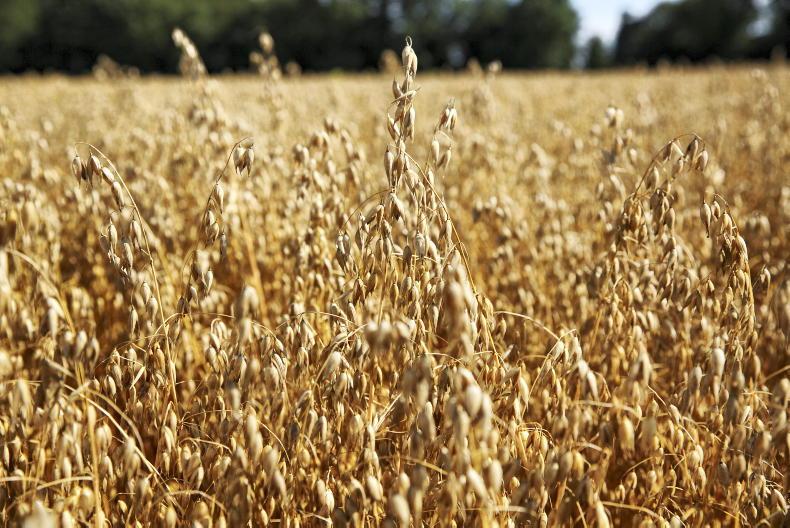

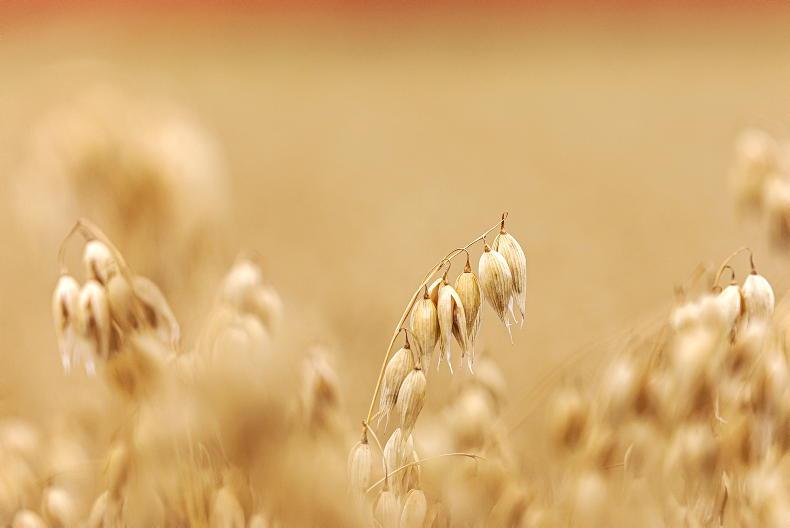
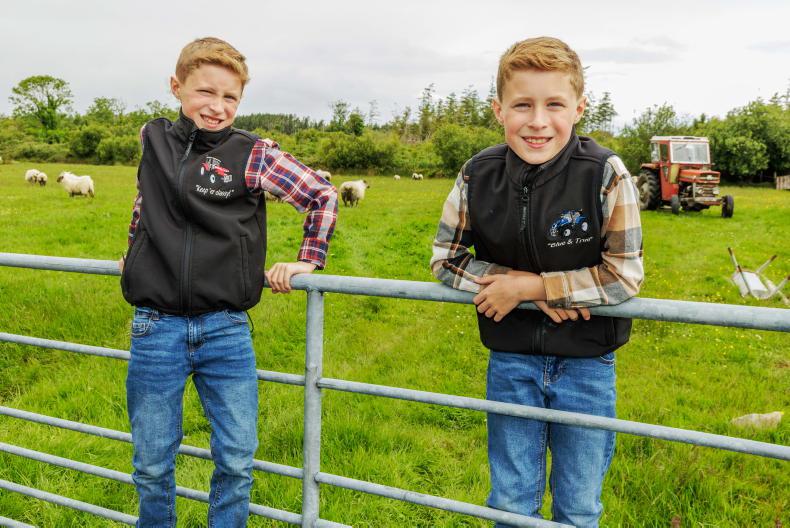

SHARING OPTIONS